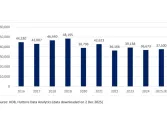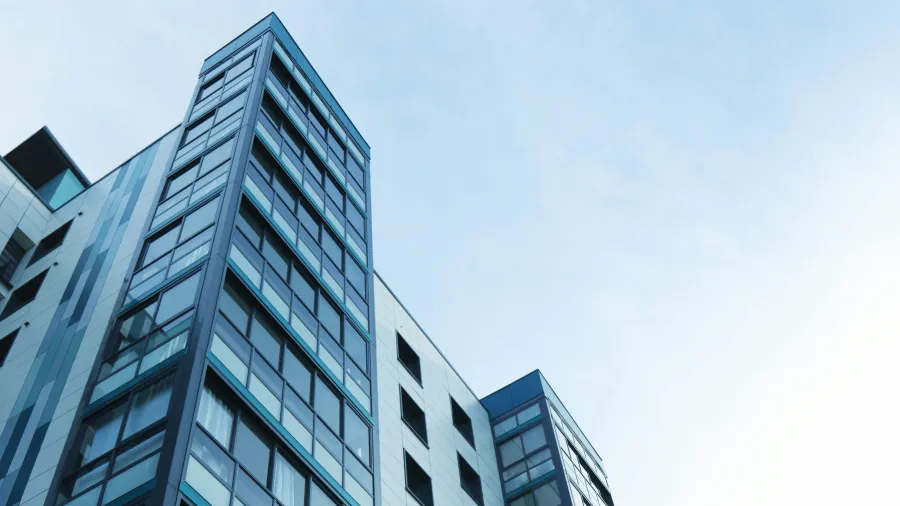
Over half of APAC office spaces now green-certified
Australia’s major cities continue to lead green adoption across all building grades.
Over half (51%) of office spaces in the Asia-Pacific (APAC) region now hold green building certifications, reflecting a 6.5% year-on-year increase, according to CBRE’s report.
Australia’s major cities continue to lead green adoption across all building grades. But, Tokyo emerged as the leader in Grade A office space, with an adoption rate of more than 90% due to the completion of several newly certified developments.
Singapore is also making steady progress, nearing an 80% adoption rate. CBRE data shows that the city-state’s Grade A offices are fully green-certified, with all new buildings and existing buildings with a GFA over 5,000 sq. ft. undergoing major retrofitting.
Green building adoption progress in Mainland China varies, with Beijing and Shanghai leading but adoption remaining low in other tier I cities where domestic occupiers are more dominant.
CBRE’s findings identified the existence of a rough negative correlation between adoption rates and green premiums. The green premium in APAC ranges from barely 1% to as much as 4% over non-green buildings.
Australia and Singapore both have high adoption rates and an abundance of green-certified properties, a trend that could potentially diminish the green rental premium.
The green premium is higher in Hong Kong SAR, Mumbai, and Bangalore, where the adoption rate is relatively low.
As of the second quarter of 2024, occupancy rates for green office buildings stood at 83%, compared to 81% for non-green office buildings, resulting in an occupancy gap of approximately 2%.
The report also noted that the highly competitive leasing market in Seoul and Singapore limits occupier choice, forcing tenants to lease non-green buildings in some instances.
Office buildings with higher green ratings report better occupancy than those with medium green ratings, with an overall difference of 3%.
This spread reaches almost 7% in Mainland China and over 5% in Hong Kong SAR, as these buildings offer some competitive advantage in a market with abundant options.
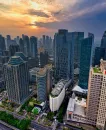

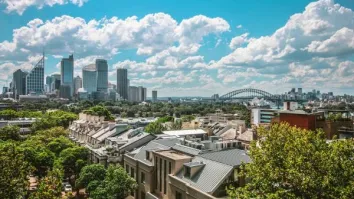

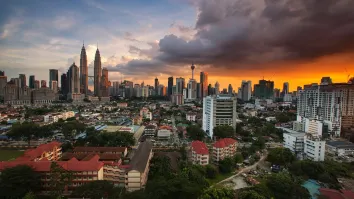
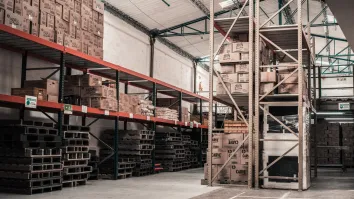

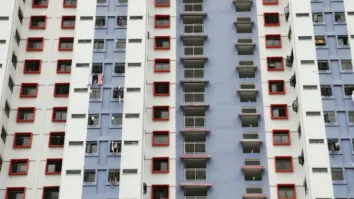

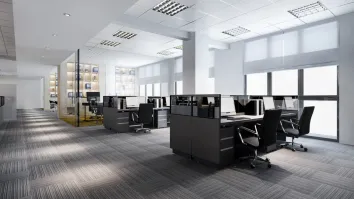



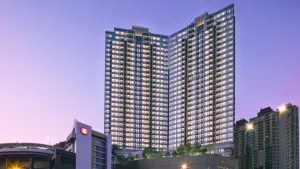
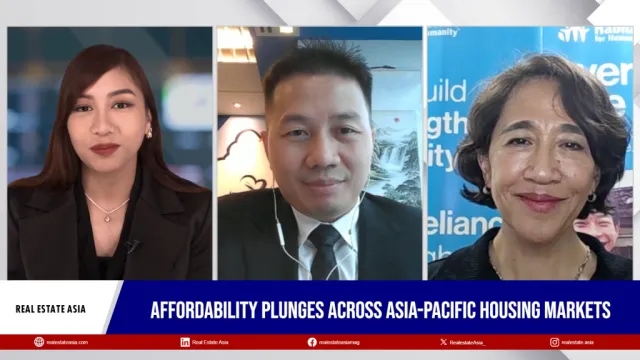
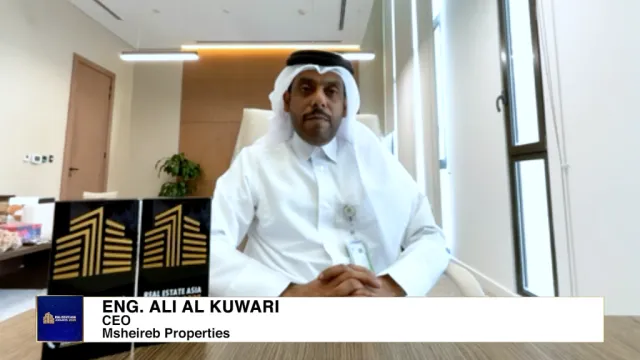
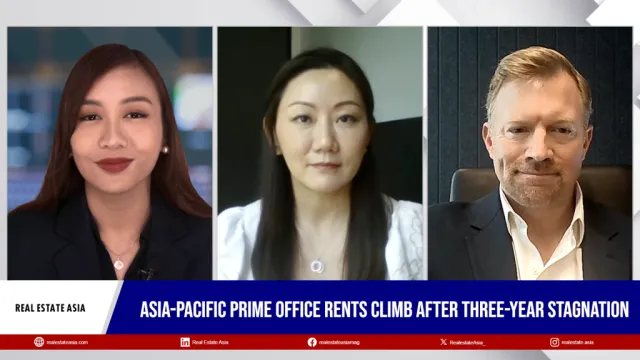

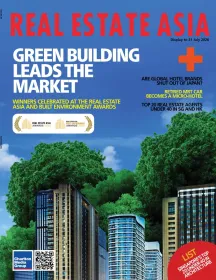
 Advertise
Advertise
